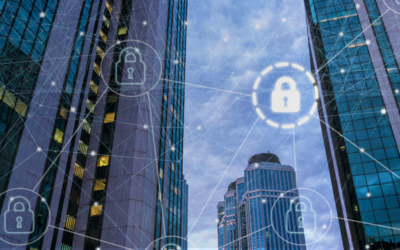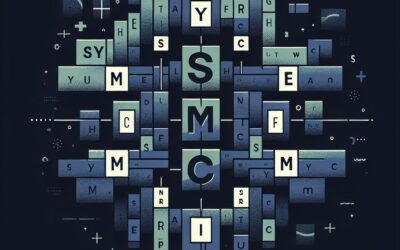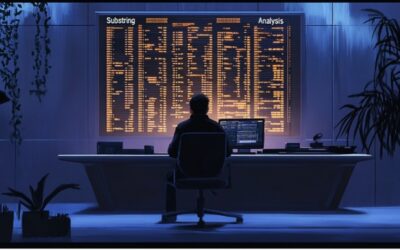Legacy IT infrastructure represents one of the most significant yet understated risks to modern business operations. While these aging systems continue functioning day-to-day, they’re silently creating an expanding gap between current business demands and operational capabilities – a gap that becomes more expensive and dangerous to bridge with each passing year.
Legacy Infrastructure Challenges: Understanding the Growing Technology Gap
The digital landscape has fundamentally transformed in recent years. Modern applications demand real-time processing power, hybrid workforces stretch network capabilities to their limits, and IoT devices flood systems with unprecedented data streams. Yet many organizations continue operating on infrastructure designed for a simpler era, accumulating technical debt that compounds with each passing day.
Infrastructure Modernization Costs: Impact Beyond IT Budgets
The true cost of aging infrastructure extends far beyond routine maintenance budgets. It manifests in fundamental business vulnerabilities:
- Security architectures become increasingly fragmented, leaving critical gaps between legacy and modern systems
- Performance degradation quietly erodes productivity across the organization
- Innovation initiatives stall when legacy systems can’t support new technologies
- Maintenance costs escalate as expertise becomes scarcer and components age out of support
Each of these factors represents not just a technical challenge, but a strategic business risk that grows more severe over time.
Digital Transformation Strategy: The Case for Modern Infrastructure
Forward-thinking organizations recognize that infrastructure modernization isn’t just about updating technology—it’s about creating a foundation for sustained business evolution. Modern infrastructure brings:
- Software-defined architecture that adapts to changing business requirements without requiring hardware overhauls
- AI-driven operations that transform system management from reactive to predictive
- Scalable systems that enable rather than constrain business growth
- Built-in security that protects at every layer, not just at the perimeter
Change Management in IT: The Critical Human Element
While technology forms the backbone of modernization, success ultimately depends on people. The most sophisticated technical solution will fail without addressing the human element: knowledge transfer, change management, and skill development. The organizations that thrive are those that evolve both their technology and their teams in parallel, creating a foundation for continuous innovation rather than periodic upheaval.
The stakes have never been higher. In an era where digital capability defines business success, organizations must decide whether to handle modernization on their terms or wait for failure to force their hand.
For detailed strategies, implementation frameworks, and technical insights on modernizing your infrastructure, download our comprehensive guide: “Bridging the Gap: Modernizing Aging Infrastructure.“


